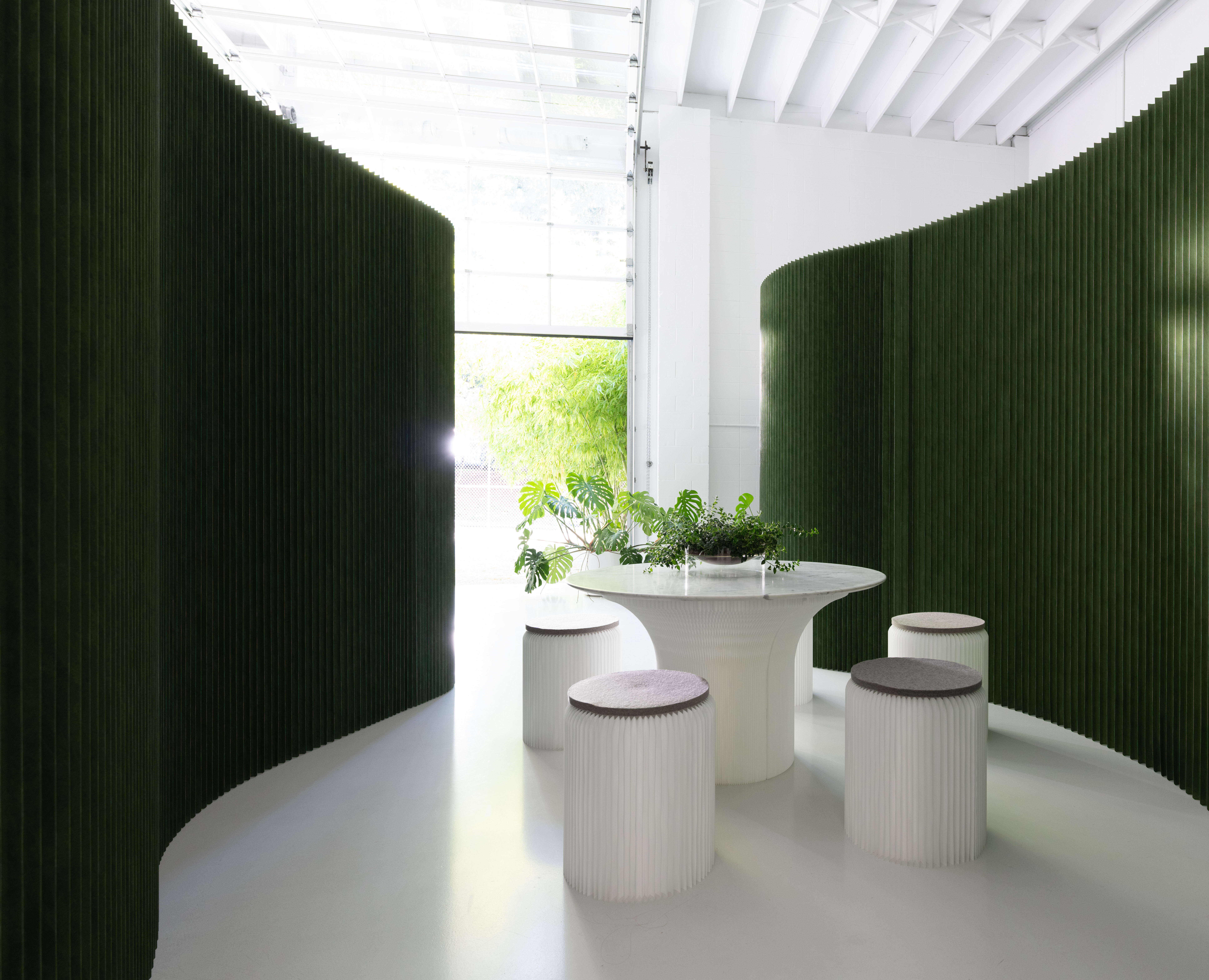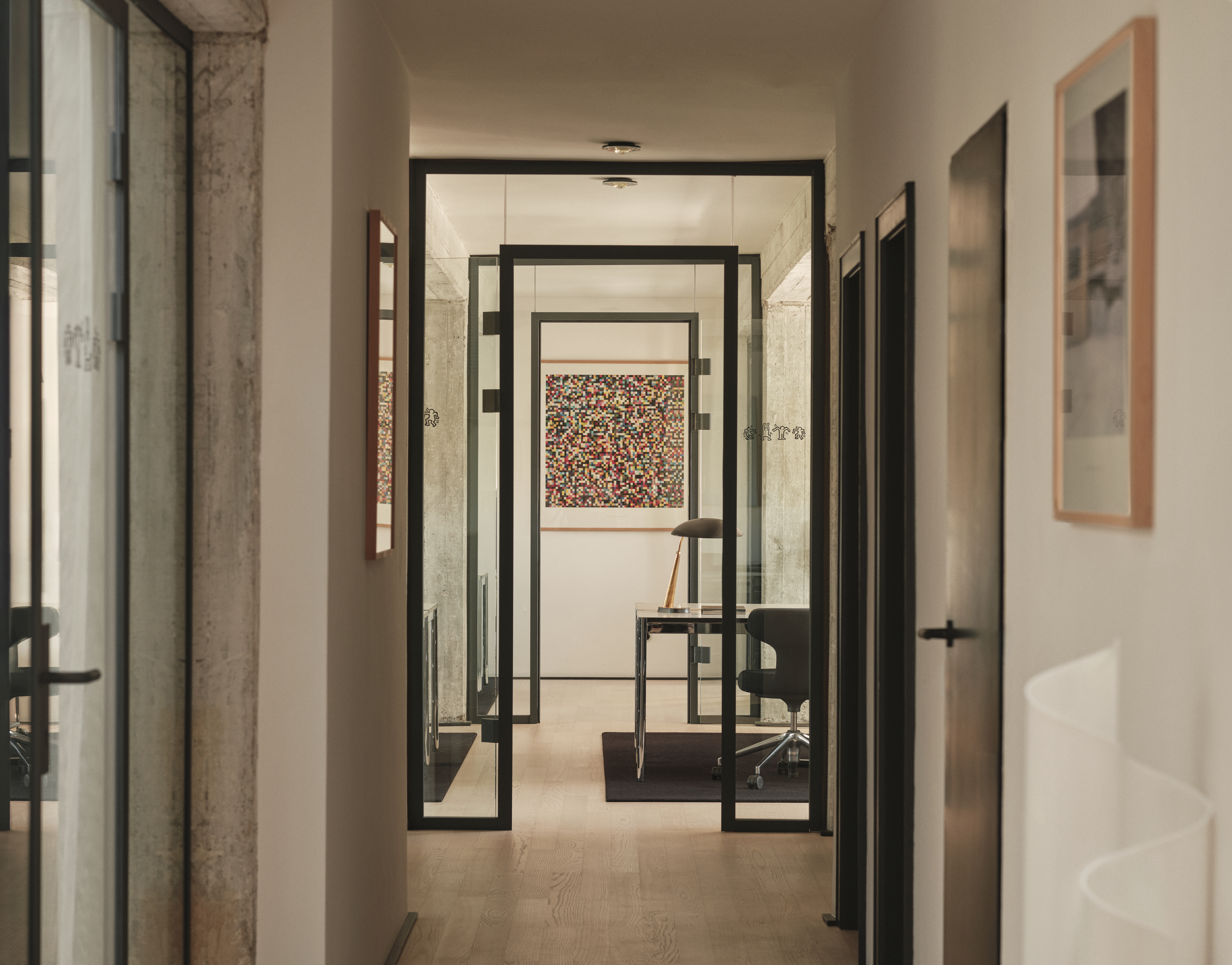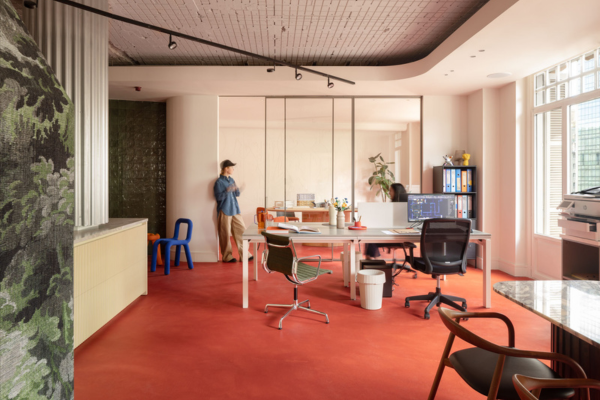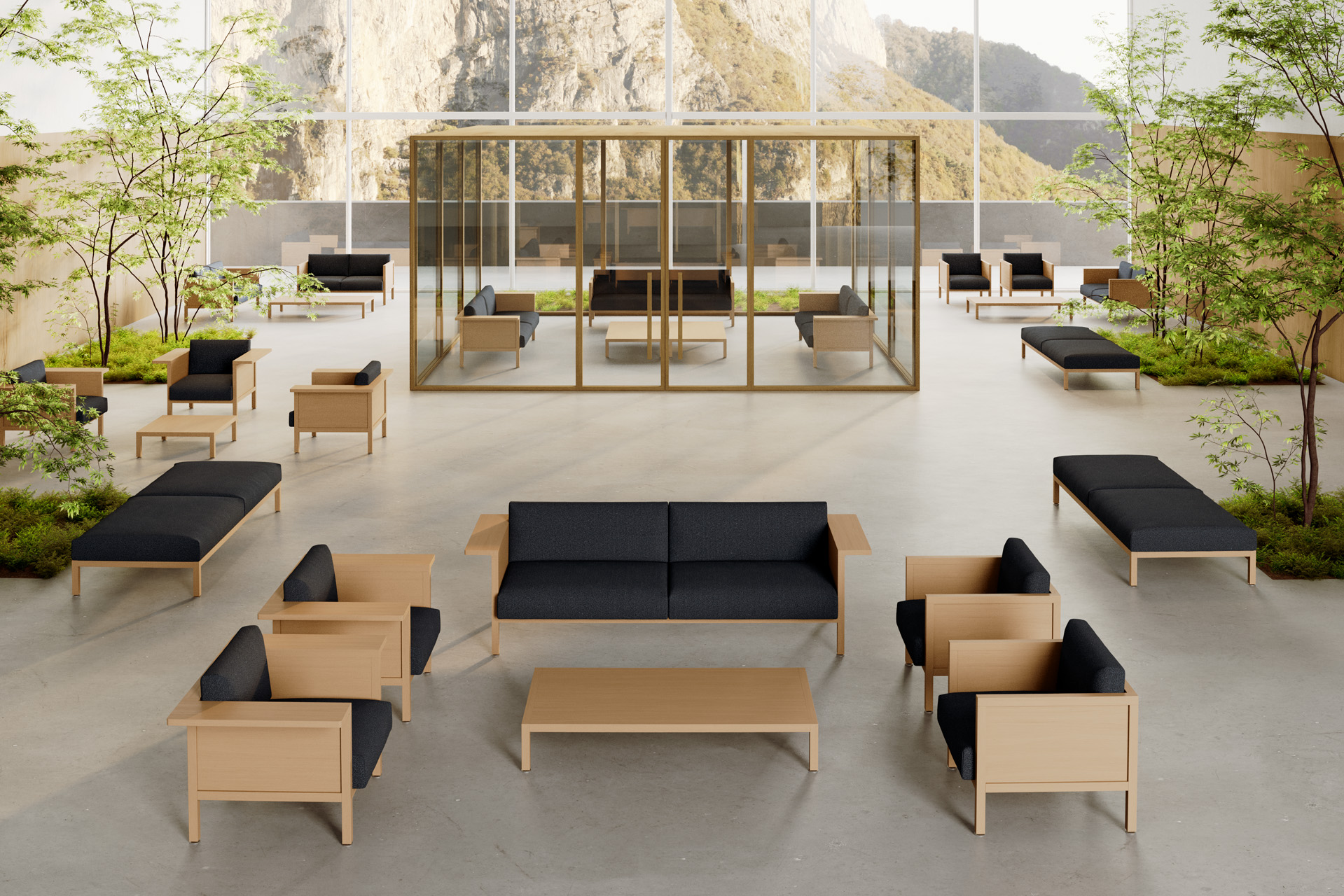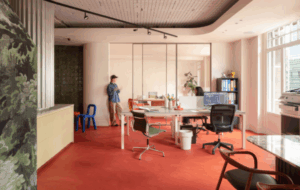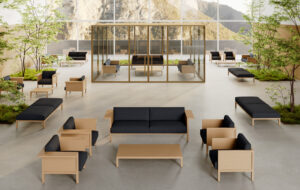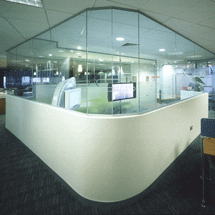
 Windsor, Berkshire, is hardly the arcade-fuelled, tech-minded town one would associate with Japanese video games giant Nintendo. Featuring such period architecture as Windsor Castle and located only a stone’s throw from Eton, the country’s most exclusive public school, you’d be forgiven for wondering why the management chose such a spot to relocate to. But Nintendo UK’s marketing and finance department now occupies the ground floor office of The Quadrant, a blink-and-you’ll-miss-it commercial office building sat directly behind Windsor Castle.
Windsor, Berkshire, is hardly the arcade-fuelled, tech-minded town one would associate with Japanese video games giant Nintendo. Featuring such period architecture as Windsor Castle and located only a stone’s throw from Eton, the country’s most exclusive public school, you’d be forgiven for wondering why the management chose such a spot to relocate to. But Nintendo UK’s marketing and finance department now occupies the ground floor office of The Quadrant, a blink-and-you’ll-miss-it commercial office building sat directly behind Windsor Castle.
It’s been a relatively short haul from Slough, the department’s former home, but an essential one nonetheless, explains UK general manager David Yarnton: “There was no heart or soul to Slough. We had an office of people who were using the garage at lunchtimes because they didn’t want to go out and people wouldn’t come to us, which is pretty awful. Here we’re just off the high street, we’ve got a park nearby and the castle right behind us. We all watched the precession when Nicolas Sarkozy came to town recently. We might be tucked away but we’ve got some great views from here.”
“It’s a purposefully discreet location,” says project designer Carrie Spooner of Area2, the office interiors specialist hired for the fit out. “It’s for security purposes. Nintendo was based just outside Slough town centre before they came to Windsor. No one would have known they were there.” Yarnton concurs: “Some of the information we have here is very sensitive, especially technology that hasn’t been released on the UK market. It helps prevent prying eyes.”
Video games are big business. When you look at the statistics involved, the low-key location is easier to understand. In January this year the National Purchase Diary reported that Nintendo accounted for 52 per cent of all gaming hardware systems sold in 2007 – more than all of the company’s rival manufacturers combined – and half of the top 30 best-selling games of that year were designed for Nintendo consoles. Still, I wasn’t expecting to have to tackle Fort Knox for a Wii (sorry, I couldn’t resist).
The inconspicuous site was not the only security measure factored into the move and office design. To the left of the main entrance (and self-styled “team break-out” area) is a room dedicated to product previews, packed with unreleased Nintendo goodies all tucked away safely in bespoke secure units and display cabinets. Similarly, the boardroom boasts a retractable blind designed not only to block out the sun but also nosy passers-by. It’s clear that no expense was spared over security and the level of craftsmanship involved in this project. Thankfully, what the building lacks in an attractive facade it recovers with the tailor-made and colourful interior.
Nintendo fans will be pleased to learn that this office design sports an entertainment ethic throughout, with interactive elements worthy of a five-star rating in Nintendo Magazine. There is a secluded gaming/laptop stop for guests and members of the International Nintendo Team; a low-lit “brainstorming room” for marketing executives complete with whiteboard walls for doodling, a relaxing forest mural, soft “grass” carpets and Diet Coke on tap; the aforementioned media-lab furnished with reclining leather chairs and fully stocked with the latest in Nintendo gaming technology and consoles for hungry journalists. The reception, however – furnished with little more than a dark glass coffee table and two chairs – is possibly the smallest reception I’ve ever seen for an office this size. I’m disappointed.
It is “intentionally small,” Yarnton assures me. “If your office has a large, elaborate reception there’s always the temptation to leave a client waiting there longer than they should. This way there’s an incentive to invite them in quickly.” Incidentally, the chairs – upholstered in trademark Nintendo colours of grey and pillar box red – and a handful of oval racetrack stencils littered around the office’s internal glass walls are the only examples of iconic Nintendo imagery in sight. Furthermore, the primary colour used to decorate and furnish is lime green, “a lifestyle colour” according to Spooner, and coincidentally an almost exact match with the green used in the latest Wii marketing material. It’s not the brilliant red I was expecting to see everywhere.
“There’s a common misconception by a lot of people, including us at one point,” explains Yarnton, “that Nintendo’s company colour is red. When we looked for corporate guidance on this project we discovered that really wasn’t the case. I shouldn’t say that we wanted to get away from looking like a video games company, but we wanted to get away from having our office perceived as a kid’s playground because it is a business.” With an office headcount of approximately 36 staff across sales, marketing, finance and commercial departments, there’s no disputing it’s a business. But has the relocation and redesign of their workspace increased productivity?
Positioning desks around the canteen “break-out area” located in the centre of the office has made dividing the European and UK teams easy. Working around that central element has meant interdepartmental exchanges are as simple as waving over your desk and cross-department talks have become a great excuse to sit down and chat over coffee. “There’s been a noticeable improvement in communication since we came here,” enthuses UK finance manager Tom Pearce. The fact that the staff canteen is the focal point of this design has had other benefits too.
“We have a lot of young people working here and we often joke that they still think they’re at university because they always used to leave the kitchen in a mess,” says Yarnton. “That was because the kitchen was at the back of the old office and nobody could see it. Now it’s in the middle of the office we can remind them that the kitchen is the first thing that clients see when they walk though the door, and that if it’s a mess, that’s not a good reflection on the company.”

